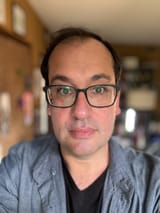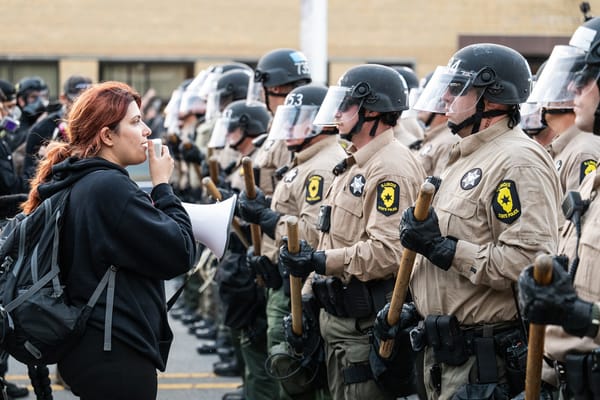No one’s ready for this
Robin Rendle on Sarah Jeong's article about the implications of the Pixel 9's magic photo editor in The Verge:
"But this stuff right here—adding things that never happened to a picture—that’s immoral because confusion and deception is the point of this product. There are only shady applications for it."
Robin's point is that the core use case - adding things that never happened to a photograph with enough fidelity and cues that you could easily be convinced that they did - has no positive application. And as such, it should probably be illegal.
My take is that the cat is out of the bag. The societal implications aren't good - at all - but I don't think banning the technology is practical. So, instead, we have to find a way to live with it.
As Sarah Jeong says in the original article:
"The default assumption about a photo is about to become that it’s faked, because creating realistic and believable fake photos is now trivial to do. We are not prepared for what happens after."
In this world, what constitutes evidence? How do we prove visual evidentiary truth?
There may be a role for journalism and professional photographers here. Many newsrooms, including the Associated Press, have joined the Content Authenticity Initiative, which aims to provide programmatically-provable credentials to photographs used by a publication. This will be an arms race, of course, because there are incentives for a nefarious actor to develop technical circumventions.
Ultimately, the biggest counter to this problem as a publisher is going to be building a community based on trust, and for an end-user is finding sources you can trust. That doesn't help in a legal context, and it doesn't help establish objective truth. But it's something.
[Link]

